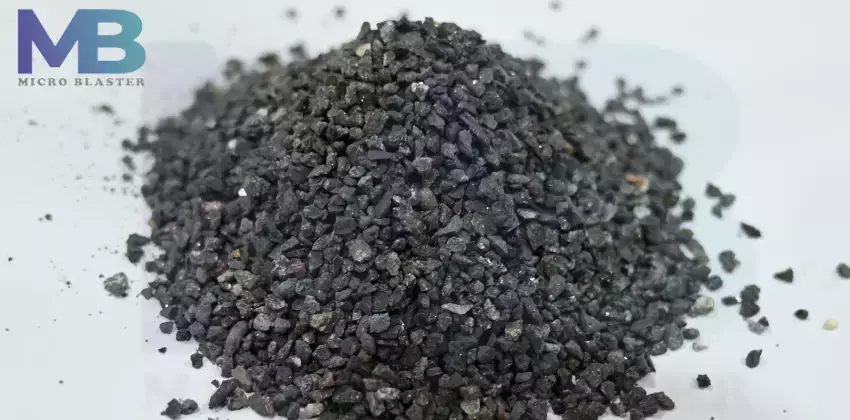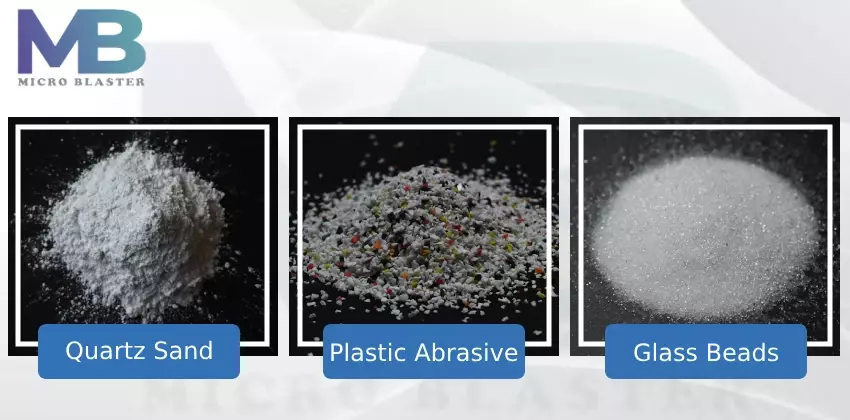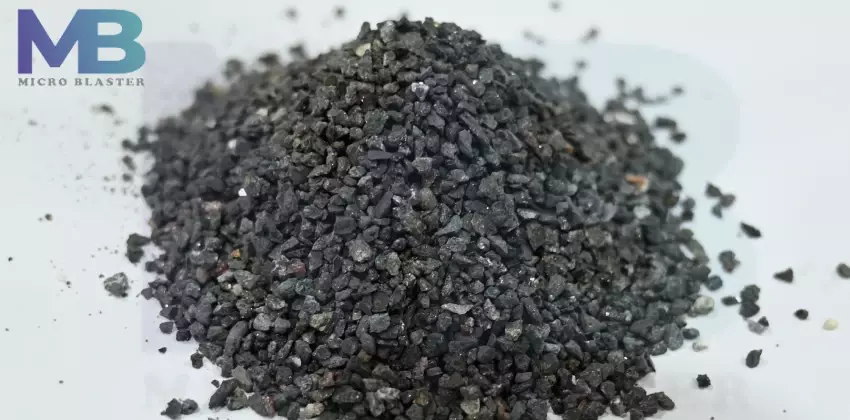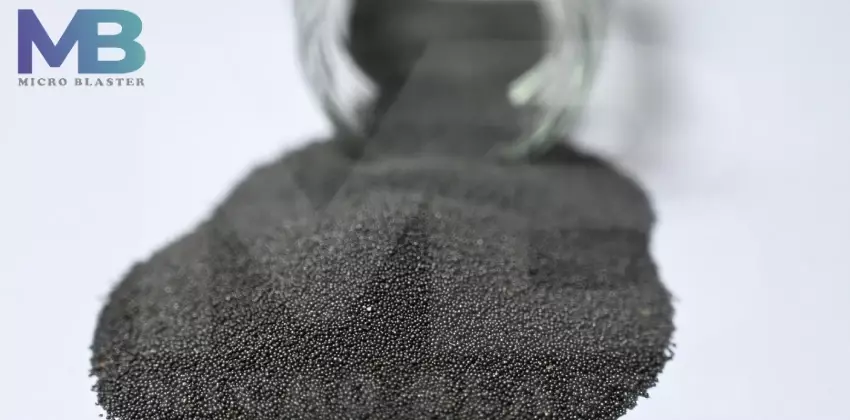Aluminum oxide abrasive media is a tough and long-lasting abrasive material widely utilized in various industrial applications due to its hardness and versatility. It is created by refining bauxite ore through a process known as the Bayer process, resulting in fine particles of aluminum oxide. This abrasive media has an angular shape and high strength, making it ideal for aggressive surface cleaning, deburring, and finishing tasks where robust abrasion is required. Aluminum oxide abrasive media is available in a wide range of grit sizes, from coarse to fine, to accommodate different surface preparation needs.
Aluminum oxide grit is suitable for aggressive material removal and surface roughening, while finer grits are used for polishing and achieving a smooth finish. The selection of the appropriate grit size depends on the specific application and the desired surface condition. One of the key advantages of aluminum oxide abrasive media is its durability and resistance to wear. It can withstand high temperatures and harsh environments, making it suitable for use in various industrial sectors, including metalworking, automotive, aerospace, and construction. Additionally, aluminum oxide abrasive media is environment-friendly and easy to use with any kind of sand blasting machine.
Benefits of using Aluminum Oxide Grit
The use of aluminum oxide abrasive media offers several advantages:
- High Hardness: It is extremely hard. This makes it great for removing tough rust and coatings from metal surfaces.
- Long-lasting: Aluminum oxide lasts a long time. You don't need to replace it often. This saves money.
- Versatility: You can use it on materials like metals, ceramics, plastics, and composites. It works for many industrial jobs.
- Fast Cutting Action: Its sharp particles remove material fast. This increases work speed and efficiency.
- Consistent Performance: Aluminum oxide abrasive media delivers consistent results, ensuring uniform surface finishes and reducing the need for rework.
- Resistant to Fracturing: It exhibits excellent resistance to fracturing, minimizing the generation of fines and dust during blasting operations, thereby improving operator safety.
Types of Aluminum Oxide
Aluminum oxide abrasive media comes in different types, including:
- Brown Aluminum Oxide: This type of aluminum oxide is characterized by its brown color and is commonly used for general-purpose blasting applications.
- White Aluminum Oxide: White aluminum oxide is renowned for its purity and high friability, making it suitable for precision blasting and applications requiring minimal surface contamination.
- Black Aluminum Oxide: Black aluminum oxide is a variant that undergoes additional heat treatment, resulting in increased toughness and uniform particle size distribution. It is often used for heavy-duty blasting tasks.
- Virgin Aluminum Oxide: Virgin aluminum oxide refers to freshly produced abrasive media with minimal impurities. It offers superior performance and consistency compared to recycled or reclaimed abrasives.
- Pink Aluminum Oxide: Pink aluminum oxide combines the toughness of brown aluminum oxide with the friability of white aluminum oxide, making it suitable for applications requiring aggressive cutting action with minimal surface damage.
Applications of Aluminum Oxide Abrasive Media
Aluminum oxide abrasive media finds widespread use in various industries for surface preparation, cleaning, and finishing applications. Some common applications include:
- Metal Surface Preparation: Removing rust, scale, and coatings from metal surfaces in automotive, aerospace, and shipbuilding industries using the sand blasting cabinet.
- Precision Blasting: Achieving fine finishes and intricate patterns on metal, glass, and ceramic components in the jewelry and glass etching industries.
- Deburring and Deflashing: Removing burrs and excess material from machined components in manufacturing processes.
- Mold Cleaning: Cleaning molds and dies in plastic injection molding and casting operations to maintain product quality and consistency.
- Concrete and Stone Restoration: Stripping paint, coatings, and graffiti from concrete surfaces and restoring natural stone finishes in construction and restoration projects.
- Woodworking: Sanding and finishing wooden surfaces, removing paint and varnish, and creating decorative effects on furniture and cabinetry.
- Electronic Component Cleaning: Removing solder residues and surface contaminants from electronic components with the use of a suction blasting cabinet during manufacturing and repair.












